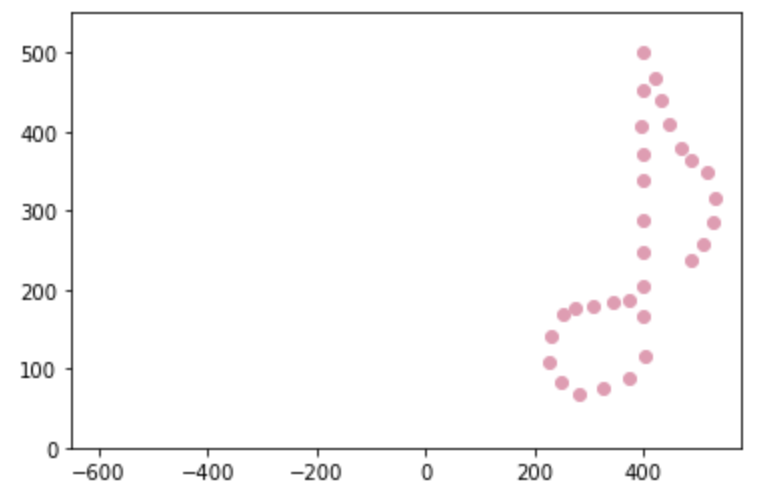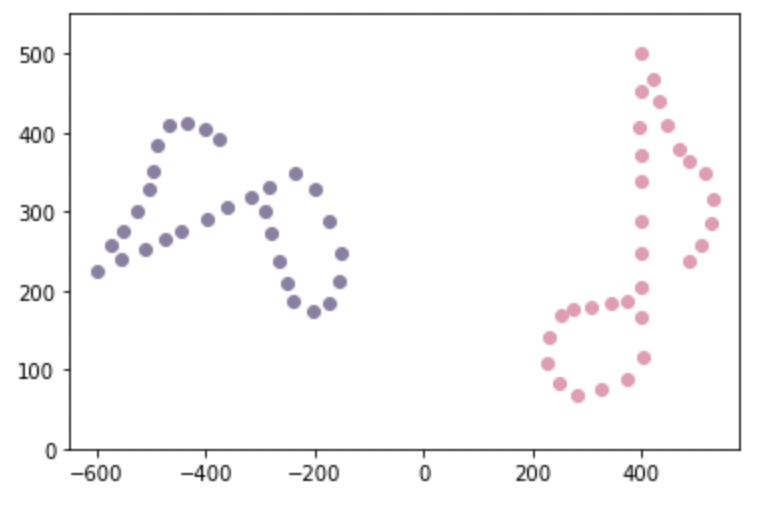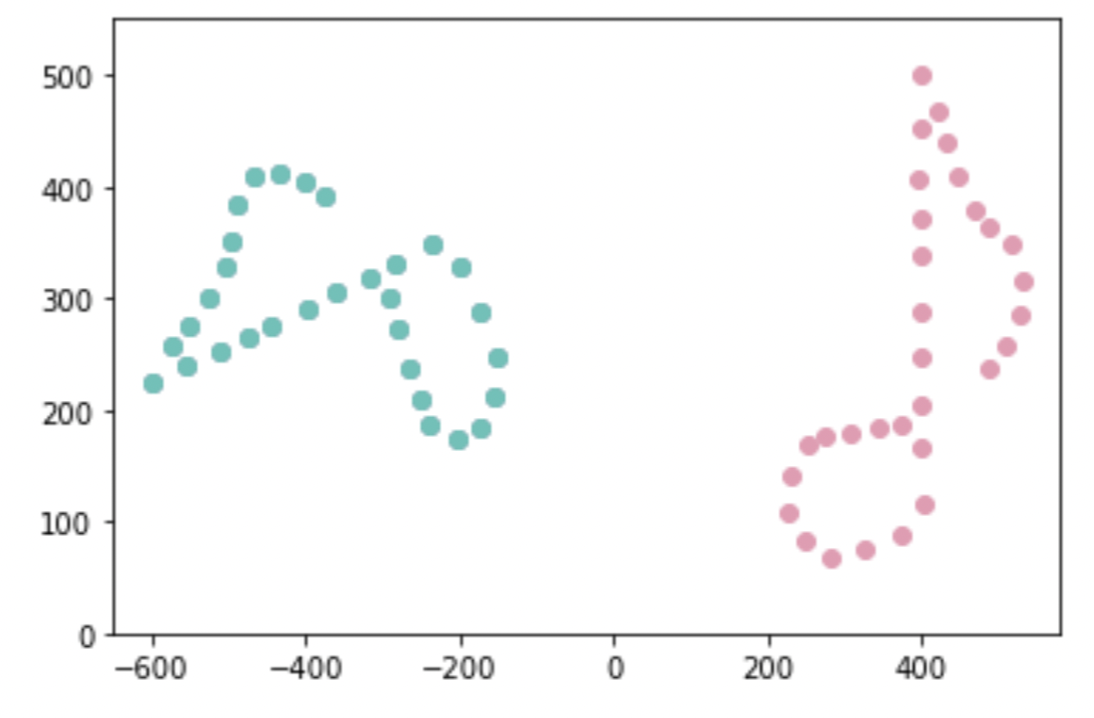Orthogonal Procrustes
Tamanna Hossain-Kay / 2021-06-28
I came across the Orthogonal Procrustes technique when reading the paper Diachronic Word Embeddings Reveal Statistical Laws of Semantic Change. It was used to align word embeddings from different runs of SVD (Singular Value Decomposition) and SGNS (Skipgram with Negative Sampling), since they can both result in arbitrary orthogonal transformations of word vectors.
So what is Orthogonal Procrustes?
Problem
Solution
Proof of Solution
Example
Problem
Given two matrices , find a matrix for mapping to . Specifically,
where denotes the Frobenius norm.
Solution
Let and be its factorization (SVD). Then the matrix for mapping to is .
Proof of Solution
This proof is based on the one found in Wikipedia: Orthogonal Procrustes problem with additional exposition for my own understanding:
But note that,
Thus,
But note that, is an orthogonal matrix since it is the product of orthogonal matrices: by the constraint, , due to the SVD factorization of . Then expression is maximised when equals the identity matrix .
Thus where is the solution for the optimal value of that minimizes the norm squared .
Example
Consider a 2D matrix , which represents an eighth note. The matrix (eighth_note.csv) along with all the code that will be used here to implement Orthogonal Procrustes can be found on Github. The repo also contains code used to generate the matrix, plus a matrix that represents a smiley face (smiley.csv) as an alternative :)
is plotted in pink below.
import pandas as pd
import numpy as np
import matplotlib.pyplot as plt
#Read data
A=pd.read_csv('eighth_note.csv')
A=A.to_numpy().transpose()
#Plot
plt.scatter(A.transpose()[:,0], A.transpose()[:,1], c='#ea99b2')
plt.xlim([-650,580])
plt.ylim([0,550])
plt.show()Create a matrix , which is a rotation of with some noise. is plotted in lavender below.
#Create B
theta = np.pi * 0.6
R_known = np.array([[np.cos(theta), -np.sin(theta)],[np.sin(theta), np.cos(theta)]])
epsilon = 0.01 # noise
B = np.dot(R_known,A) + epsilon * np.random.normal(0,1, A.shape)
#Plot
plt.scatter(A.transpose()[:,0], A.transpose()[:,1], c='#ea99b2')
plt.scatter(B.transpose()[:,0], B.transpose()[:,1], c='#8b7fa4')
plt.xlim([-650,580])
plt.ylim([0,550])
plt.show()Now Orthogonal Procrustes is used to find a matrix which will allow for a mapping from to .
#Find orthogonal matrix
from numpy.linalg import svd
M=np.dot(B,A.transpose())
u,s,vh=svd(M)
R=np.dot(u,vh)Transform using to map it to . The transformed matrix .
is plotted using cyan below: it overlaps so closely that we can’t see the lavendar plot of B underneath.
# Mapped matrix
new_A=np.dot(R,A)
from matplotlib import pyplot as plt
plt.scatter(B.transpose()[:,0], B.transpose()[:,1], c='#8b7fa4')
plt.scatter(A.transpose()[:,0], A.transpose()[:,1], c='#ea99b2')
plt.scatter(new_A.transpose()[:,0], new_A.transpose()[:,1], c='#55c3b8')
plt.xlim([-650,580])
plt.ylim([0,550])
plt.show()


